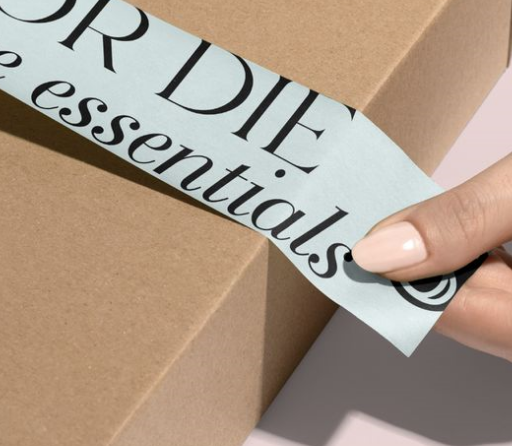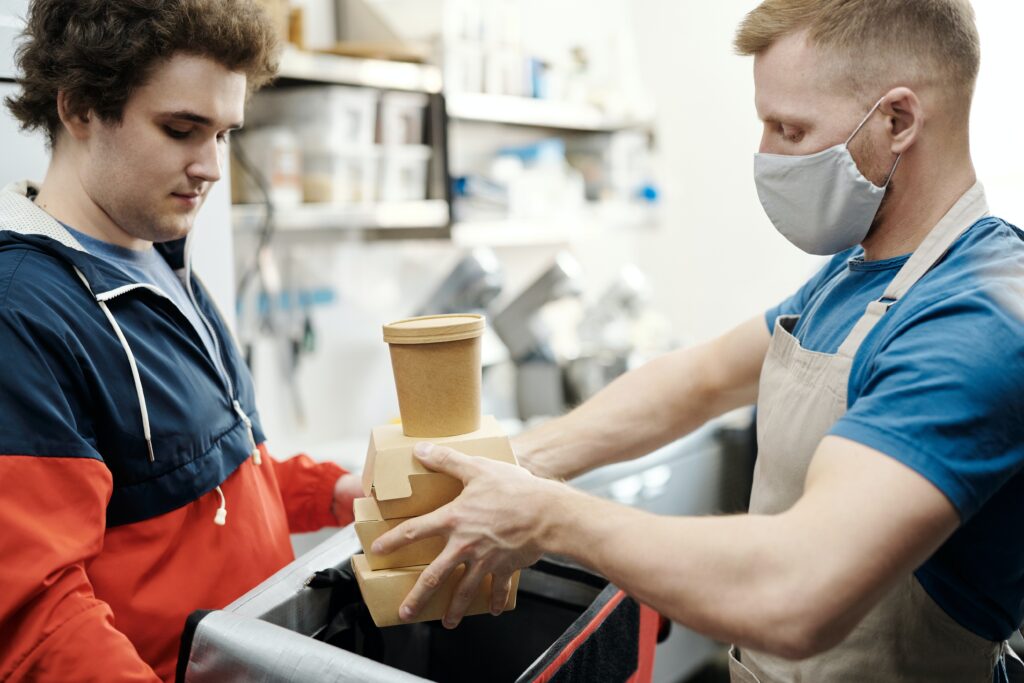In our rapidly evolving world, the issue of environmental sustainability has taken center stage. With increasing concern over plastic pollution, deforestation, and carbon emissions, it’s imperative that we make conscious choices to protect our planet. One area where positive change is gaining momentum is in packaging materials. The shift towards eco-packaging materials is not only changing the way products are presented but also contributing significantly to a healthier and greener world. Let’s delve into how these innovative materials are making a positive impact on our environment.
The Problem with Conventional Packaging
Traditional packaging materials, such as plastic, Styrofoam, and non-recyclable materials, have contributed to a global waste crisis. These materials take hundreds of years to decompose, leading to overflowing landfills and devastating effects on marine ecosystems. The carbon footprint associated with the production and disposal of these materials further exacerbates environmental concerns.
Eco-Packaging Materials to the Rescue
The rise of eco-packaging materials offers a glimmer of hope in the fight against environmental degradation. These materials prioritize sustainability, recyclability, and reduced carbon footprint. Let’s explore some of the game-changing eco-packaging materials that are helping to reshape our world:
- Biodegradable Plastics: Unlike traditional plastics, biodegradable plastics break down naturally over time, minimizing their impact on the environment. Materials like PLA (polylactic acid) are derived from renewable resources such as cornstarch and sugarcane, making them an excellent alternative for single-use plastic items.
- Recycled Cardboard and Paper: Recycled cardboard and paper packaging have gained popularity due to their renewability and biodegradability. Companies are creatively using these materials to craft stylish and sturdy packaging solutions that are both functional and environmentally friendly.
- Mushroom Packaging: Yes, you read that right! Mushroom-based packaging, also known as mycelium packaging, is a biodegradable alternative made from agricultural waste and mushroom roots. It’s not only eco-friendly but also versatile in terms of shape and size.
- Edible Packaging: Edible packaging made from materials like seaweed, rice, or potato starch is a remarkable innovation. This “packaging you can eat” reduces waste and introduces a whole new level of sustainability to the industry.
- Plant-Based Plastics: Derived from sources like corn, sugarcane, and cassava, plant-based plastics offer a more sustainable option compared to petroleum-based plastics. They are compostable and have a significantly lower carbon footprint.
- Reusable Packaging: The concept of reusable packaging is gaining traction. From stainless steel containers for takeout to glass jars for bulk purchases, these options reduce waste by promoting reuse.
Benefits for the Environment
The adoption of eco-packaging materials goes beyond just being a trend; it has tangible benefits for the environment:
- Reduced Carbon Footprint: Many eco-packaging materials have a lower carbon footprint compared to their conventional counterparts. This is due to their renewable sourcing and energy-efficient manufacturing processes.
- Less Pollution: By choosing packaging materials that biodegrade or are easily recyclable, we prevent the accumulation of harmful waste in landfills and oceans, reducing pollution and protecting wildlife.
- Resource Conservation: Eco-packaging materials often use fewer resources in their production, helping to conserve water, energy, and raw materials.
- Promotion of Sustainable Practices: The shift towards eco-packaging encourages businesses and consumers alike to adopt more sustainable practices, fostering a culture of environmental responsibility.
- Innovation and Creativity: The push for eco-packaging has led to remarkable innovations and creative designs that showcase the potential for sustainability and aesthetics to coexist.
Eco-packaging materials represent a transformative shift in the packaging industry, one that aligns with our growing commitment to protect the environment. By choosing these materials, individuals and businesses alike contribute to a cleaner, healthier, and more sustainable world. The positive impact of these choices resonates not only through reduced waste but also through the inspiration they provide to innovate, create, and champion a greener future for generations to come. So, the next time you unwrap a product with eco-friendly packaging, remember that you’re playing a crucial role in preserving our planet.




